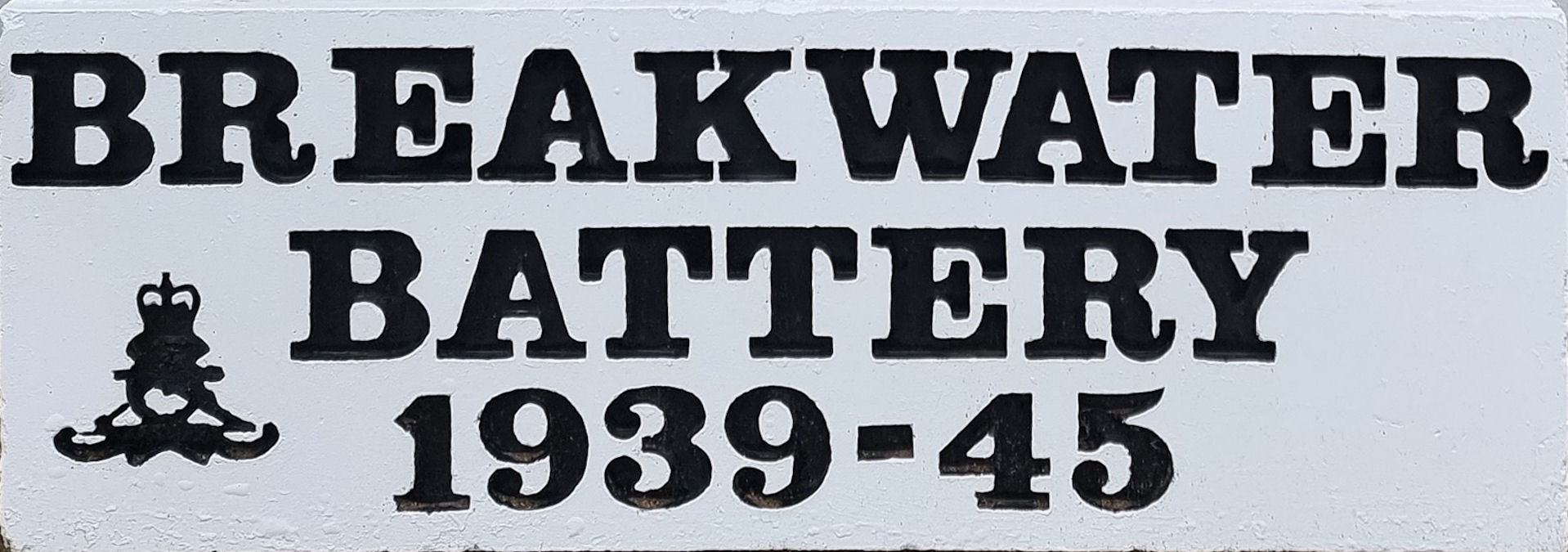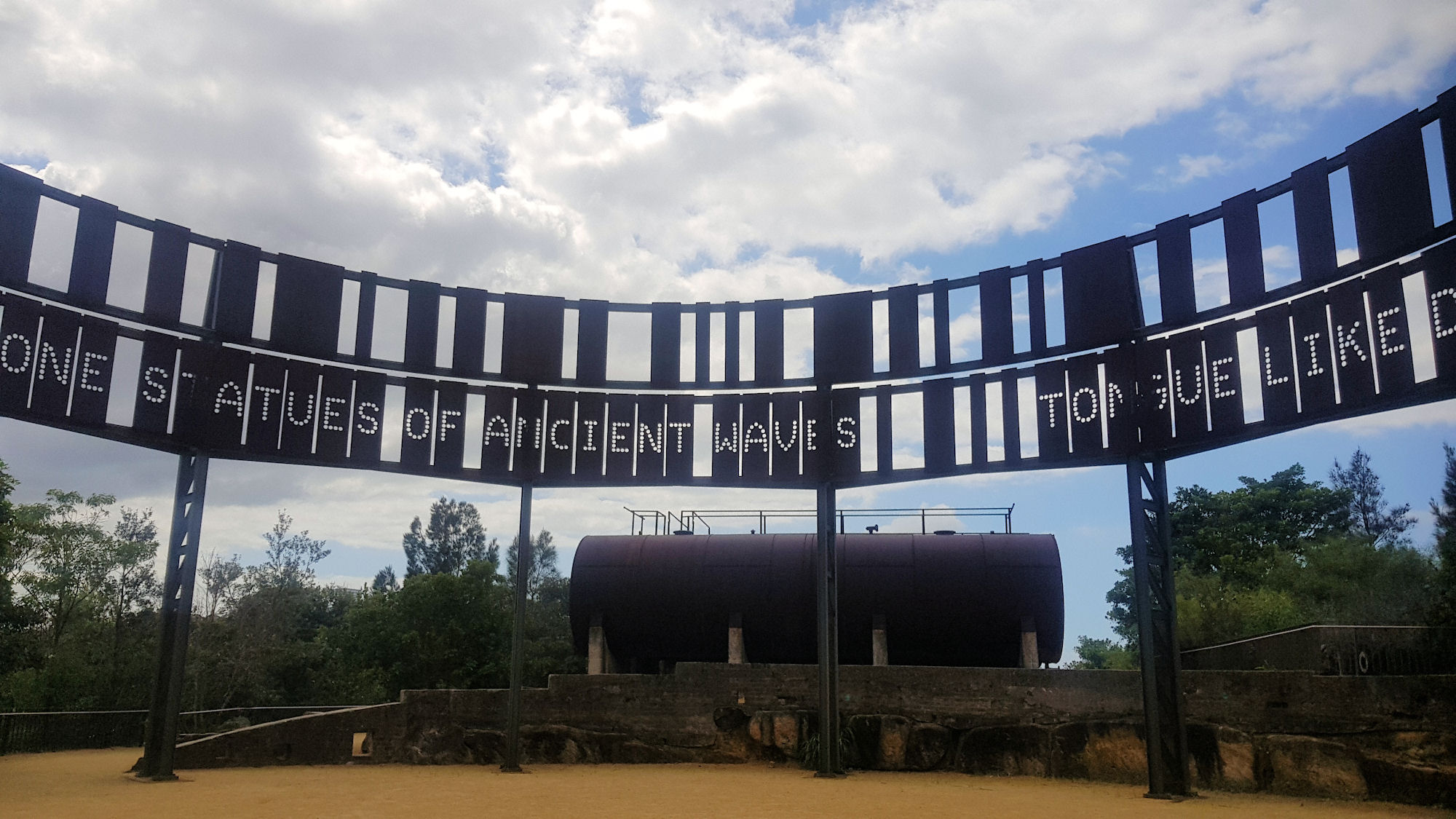Category: Military Museum
-
Australian War Memorial Canberra

Australian War Memorial Canberra’s most popular attraction, the Australian War Memorial is an outstanding tribute to the men and women who have served in the Australian Defence Forces since federation. Access to some galleries is currently limited (2022) because the Memorial is undertaking a major renovation. During this period some exhibits are in storage. However,… Read more
-
Port Kembla Heritage Park

Port Kembla Heritage Park Containing many large artefacts from Port Kembla’s military and industrial past, the Port Kembla Heritage Park is both an interesting and educational to visit. We parked at the end of Gloucester Boulevard, although you could also use the carpark at Foreshore Road. The area formed an integral part of the defences… Read more
-
Ballast Point Park Sydney Harbour

Ballast Point Park Getting There Located near Balmain Ferry Wharf, the easiest way to get to Ballast Point Park, is ferry. When you arrive, check out the old ferry wharf building, which is now a community library. Originally a fuel storage area, Ballast Point is now a beautifully rehabilitated public space on Sydney Harbour. Intended… Read more